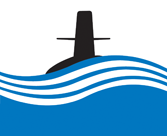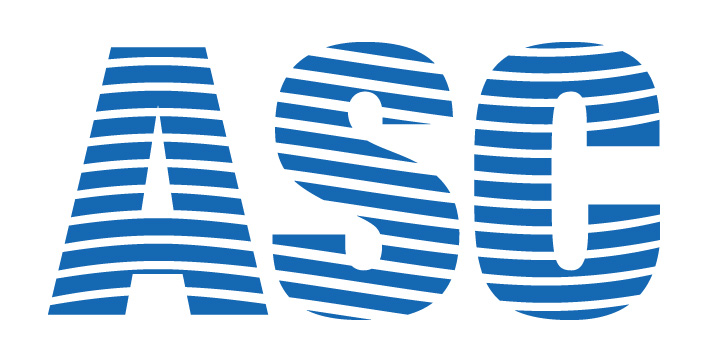
The Collins Class
The Collins Class
The characteristics and range of Collins class submarines have been tailored specifically for its defence and two-ocean surveillance role in the Royal Australian Navy. Designed to be as quiet as advanced technology can achieve, Collins class submarines have been developed from five generations of submarines designed and built by the Swedish Navy.
One of the first submarines to be totally designed by computers, these submarines boast a vast range of features. They include a high performance hull form, highly automated controls, low indiscretion rates, high shock resistance, efficient weapons handling, and an optional air-independent propulsion system.
The submarines move silently on electric power supplied by banks of new-technology lead-acid batteries. The batteries are charged by three on-board diesel generator sets.
The sophisticated combat system, which gathers its intelligence from its sensors, computes the input and then launches and directs weapons, is an advance on any system currently available. Referred to as AN/BYG-1(v)8, it is the result of an Armaments Cooperative Program (ACP) between the navies of Australia and the US.
Each ship has been named after a distinguished former member of the RAN, some of whom have made the ultimate sacrifice for their country.
Based at HMAS Stirling in Western Australia, they are a formidable element in Australia's defence capability.
Submarines of This Class
| Ship | Pennant | Commissioned |
|---|---|---|
| HMAS Collins | SSG 73 | July 1996 |
| HMAS Dechaineux | SSG 76 | February 2001 |
| HMAS Farncomb | SSG 74 | January 1998 |
| HMAS Rankin | SSG 78 | March 2003 |
| HMAS Sheean | SSG 77 | February 2001 |
| HMAS Waller | SSG 75 | July 1999 |
Project Development
Replacing the RAN's Oberon Class, the new design was required to meet the unique needs of the Navy, which were dictated by, among other things, Australia's geographic location.
The new submarines would be required to:
- travel great distances;
- operate in varying environments;
- have state-of the-art weapons systems; and
- perform traditional submarine functions using the most advanced technology available.
The submarines would also be required to protect Australia through their very existance, acting as a deterrent to enemy forces.
It was decided that large conventional submarines would be acquired. The Collins Class submarines are the second largest non-nuclear powered submarines in the world.
Construction of the first Collins Class submarine, HMAS Collins, was begun in 1990 and delivered it to the RAN in 1996. The sixth and final boat, HMAS Rankin, was delivered to the RAN in 2003
Submarine Construction
Key parameters for equipment included electrical power, cooling, noise, shock resistance, weight and electromagnetic characteristics, all under rigorous configuration management as data was distributed between the various suppliers during the design phase.
Submarine Outfitting Statistics
| Piping | 23,500 metres |
| Major cable lengths | 7,000 |
| Cable connections | 200,000 |
| Cable | 75,000 metres |
| Batteries | 400 tonnes |
A completed submarine is a system of systems. A Collins Class submarine contains 108 integrated systems which are linked structurally, mechanically, electrically, hydraulically, pneumatically and electronically.
All of these systems need power and cooling, and many need to communicate with each other in order to achieve full operational capability.
Technical Documentation
There are an estimated 350,000 individual technical documents associated with the Collins Class submarines, including:
| Design drawings | 70,727 |
| Parts lists | 46,717 |
| Specifications | 42,865 |

